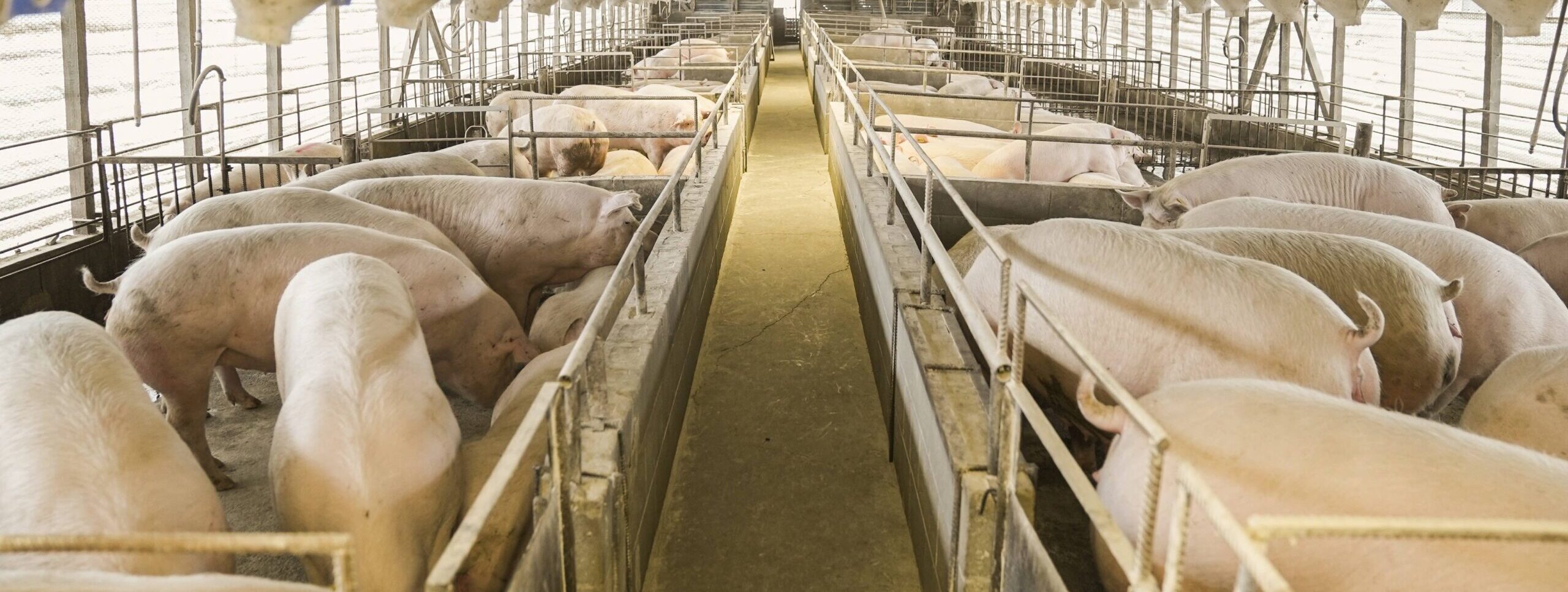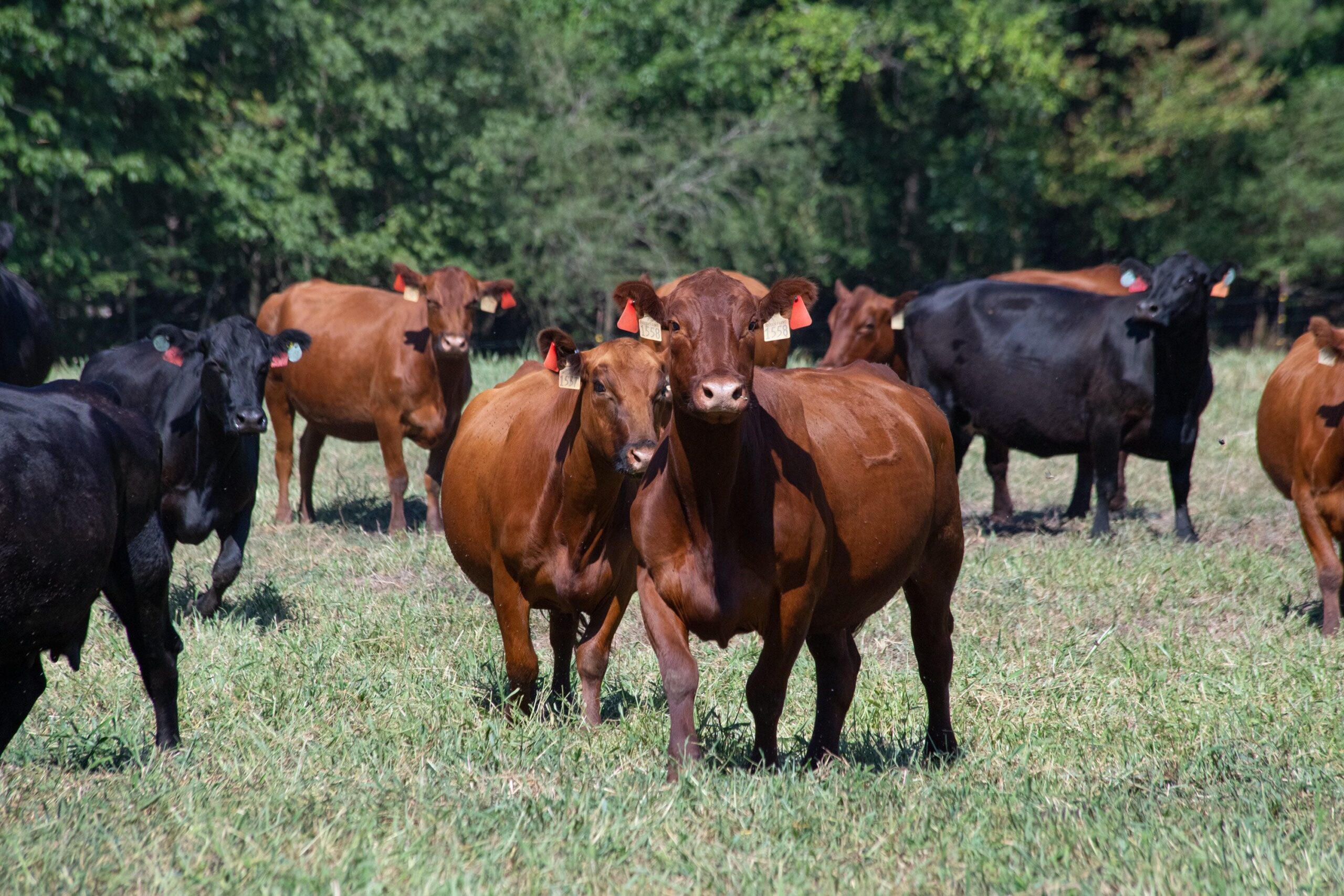December 1st hay stocks and 2023 production were included in the annual Crop Production Summary released recently by USDA. This report gives the best estimates of the amount of hay available for the winter at the state level.
For this article I’ve focused on states in the Southeastern region excluding Oklahoma and Texas. The 11 states included are AL, AR, FL, GA, KY, LA, MS, NC, SC, TN, and VA. These states represented 18 percent of total U.S. hay production during 2023. I’ve excluded OK and TX only to prevent their large totals from overshadowing the dynamics in the rest of the southeastern region. Hay production in OK and TX is up a combined 42.5 percent with OK hay stocks almost double 2022 levels when the states were suffering from severe drought.
Despite 2023 production increasing by 4 percent over 2022 in this 11-state region, the estimated December 1 hay stocks dropped 1.1 percent and were at the lowest level since 1988. 2023 is only the 3rd time since 1986 that hay stocks decreased in a year when production increased for this region which would indicate that more hay was used or transported to another region sooner than usual. For comparison, total U.S. hay production increased by 6.3 percent and December 1st hay stocks were 6.9 percent higher than in 2022.
There were noteworthy state-level differences within the region as shown in the maps below. While some states experienced increases, AL, LA, and MS all saw decreases in production in 2023 and also saw significant decreases in December 1 hay stocks. This is likely no surprise as these states were impacted severely by the drought conditions that developed and persisted through the second half of 2023. Producers in these states had generally lower production and had to start feeding hay sooner when pasture conditions deteriorated.
Lower hay stocks in some states have implications for heifer retention and cow culling decisions. Producers already facing high input costs are less likely to carry cows or heifers through the winter when hay supplies are low. It will be interesting to see the differences in inventory across states when the annual January 1 Cattle Inventory Report is released on January 31st.


Maples, Josh. “Lower Hay Stocks in Some of the Southeast for Winter.” Southern Ag Today 4(4.2). January 23, 2024. Permalink












